It was clear in the previous post that a two-stop overexposure using expose-to-the-right (ETTR) was not recoverable. Is there enough headroom in the Lightroom/D4 pair for a one-stop overexposure? Let’s find out.
Here it the correctly-exposed image and its histogram:
Here is a one-stop over image and its histogram:
Here’s what I could do in Lightroom, and what I did to get there:
The result, while credible, is not the same as the correctly exposed image.
My conclusion: don’t count on any headroom at all when you’re doing ETTR. Lightroom is pretty amazing, but you’re better off not pushing that histogram too far to the right.
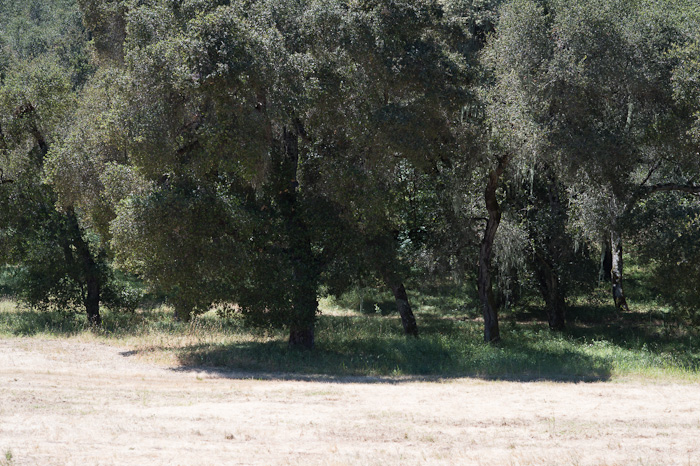
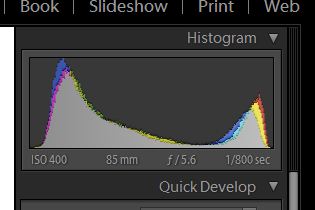
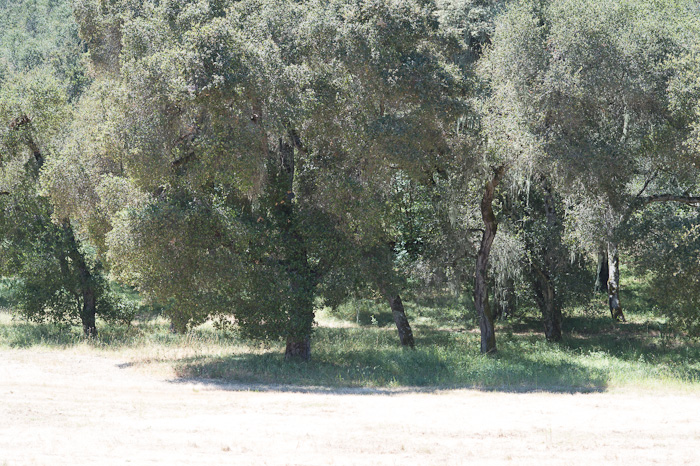
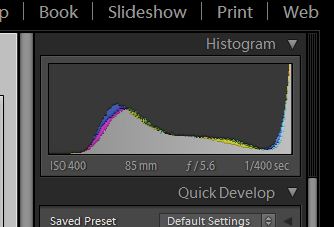
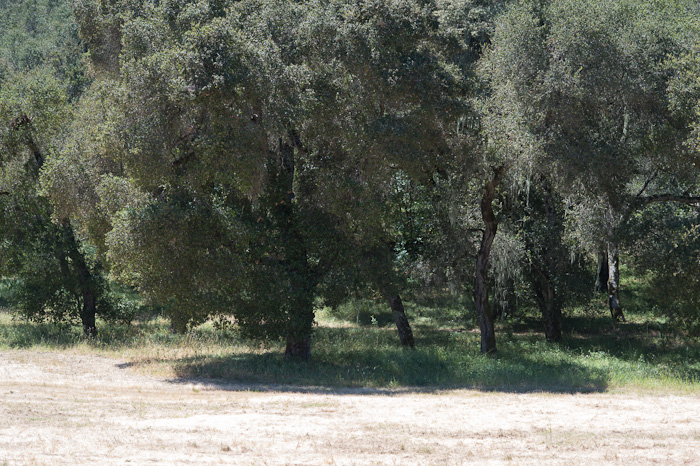
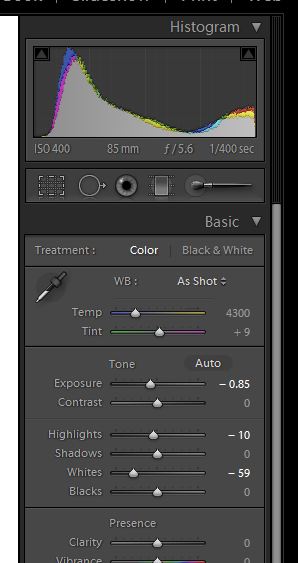
The problem with you ETTR exposure is that you broke the prime tenant…do not overexpose any significant highlights…not in the camera histogram, but the raw histogram? Since you are using LR 4, the initial histogram will have blown highlights up against the right wall.
Emil Martinec, in a DPR post said:
What is the appropriate mantra? I would prefer “Maximize Exposure”; maximize subject to three constraints:
(1) maintaining needed DoF, which limits how much you can open up the aperture;
(2) freezing motion, which limits the exposure time;
(3) retaining highlight detail, by not clipping wanted highlight areas in any channel.
Note that ISO is not part of exposure; on many cameras (those with CCD sensors, and the newer Sony Exmor sensors), there is little or no advantage to raising the ISO, which compromises point (3), even though leaving the ISO at a low value may leave the histogram “to the left” for your chosen exposure; such cameras can safely be operated at close to their lowest ISO (the precise optimal ISO depends on the details of a given camera design). On many other CMOS sensor’d cameras, such as Canon’s offerings, and Nikons with Nikon-designed CMOS sensors (D3/D700/D3s, for example), noise relative to exposure is improved by increasing the ISO; after you have maximized the exposure (ie by satisfying criteria (1) and (2)), you have a tradeoff to make for (3) — raising the ISO lowers shadow noise (up to a camera-specific point of diminishing returns, usually about ISO 1600), therefore improving S/N, but reduces highlight headroom for your chosen exposure, so one has to decide how high the ISO can go and still keep wanted highlights unclipped.
I can argue with some of the details of the DPR post, but I’m not sure it’s useful. I consider the point of view valid.
It is certainly true that the right setting of the ISO control depends heavily on the camera design. An extreme case is the Betterlight scanning back that I’m using, in which setting the ISO is controlling the gain of an amplifier before the analog-to-digital converter. In that case, you’d much rather push things to the right before they’re quantized. Fortunately, the Betterlight software provides a raw histogram, so there’s no guesswork about where clipping occurs.
Oooops….forgot to add…the only reason for ETTR, i.e. maximizing exposure is to reduce noise, by increasing the SNR. Histogram “combing”, etc. doesn’t matter
I agree that SNR is the most important reason, and by far. If I believed that all the bits in a fourteen-bit ADC were meaningful, I’d say that it’s the only reason. However, I’m a little suspicious of those ADCs.
As for “combing” not mattering, you’re preaching to the choir. That was the main point of this series of posts.
Jim
All the bits are not meaningful. However, maximizing the exposure, i.e. getting the most light on the sensor, will minimize noise and make more of the bits meaningful.
Precisely.